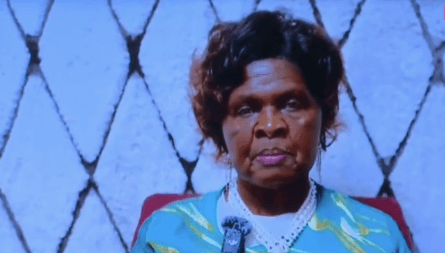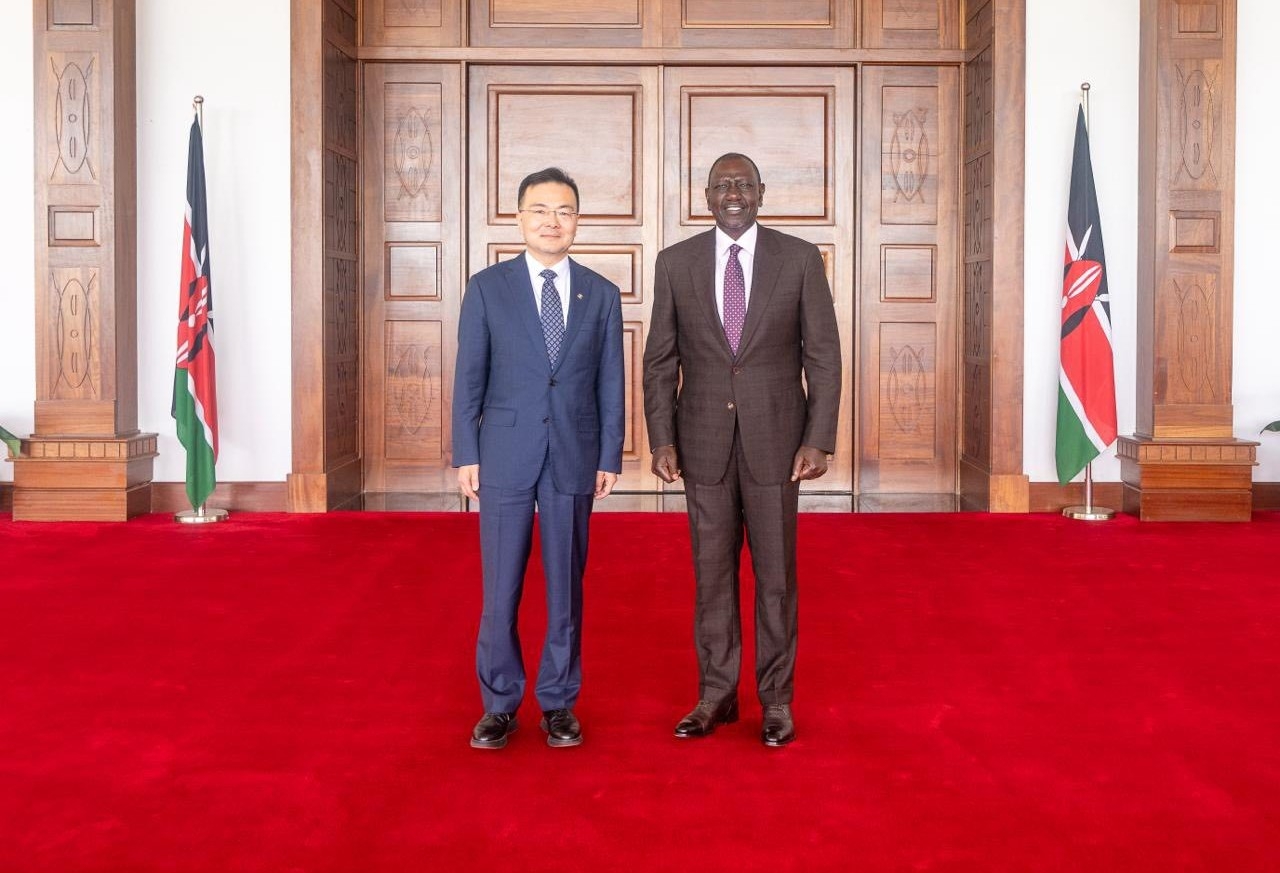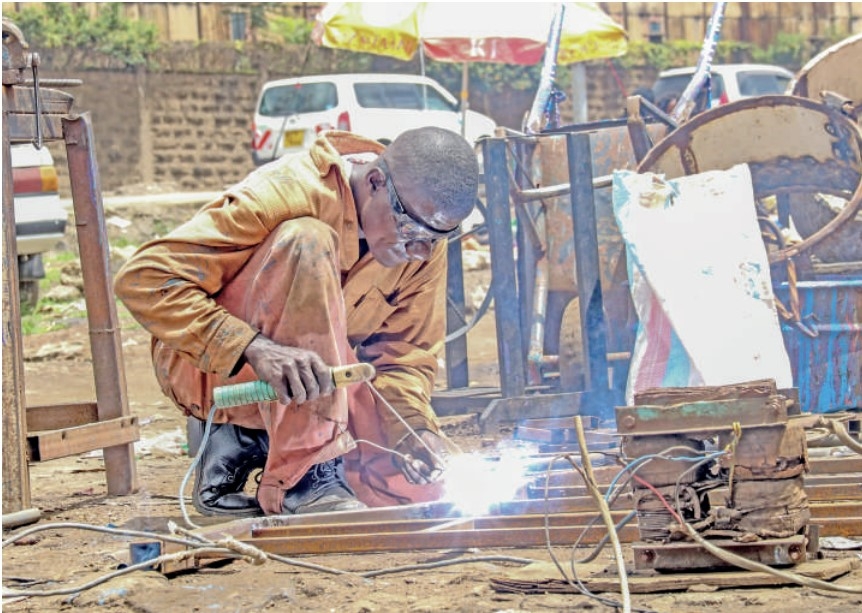The Ministry of Agriculture and Livestock Development has rolled out a collaborative plan with the private sector in a bid to double leather production by the end of 2024.
This will come with creation of about 100,000 new jobs if the new plan is realised, which also seeks to grow production of leather related products such as shoes where the country produces eight million pairs annually.
Speaking during a tour of the Kitengela Prison Leather Tannery, Livestock Development Principal Secretary, Jonathan Mueke, highlighted the need to transform the industry into a major job creator.
“As we are reviving the leather sector, we found that there is a huge demand for leather finished goods in Kenya, so we are working with the private sector to increase value addition and create jobs,” said Mueke.
The country-wide tannery revival plan, which will involve inspection and upgrading of all tanneries, kicked off with the Kitengela tannery.
Mueke further outlined plans to audit all the machinery in order to know the total costs needed to make the tanneries operational.
Additionally, the sector plans to put in place training programmes for leather technicians on modern leather making and leather technology.
Currently, the country imports leather and footwear goods valued at approximately Sh9 billion.
While Kenya is a net importer of footwear, the sector aims to reverse this trend through the renewed focus from the government.
According to the Kenya Leather Development Council, there are currently 15 tanneries across the country.
The state plans to set up more common treatment plants and leather industry clusters in Athi River, Narok, Isiolo, Wajir, Nakuru, Kisumu, Eldoret and Mariakani.
This so as to secure linkages with local and overseas markets.
The leather sub-sector currently employs about 17,000 people directly, industry data shows, with 7,000 in formal and 10,000 in informal sector, within the tanneries, leather goods and footwear manufacturing.
Latest data by the Kenya National Bureau of Statistics Economic Survey 2024, shows the leather and related products sub-sector posted a growth of 21.7 per cent in 2023, compared to a 2.4 per cent growth in 2022.
"The increase in leather and related products was mainly attributed to a 27.5 per cent increase in production of footwear with uppers of leather," KNBS said.
In addition, the production of finished leather such handbags, wallets, shoes, among others, as expanded by 19.4 per cent, during the same period.
In contrast, the jobs in the leather value chain contracted by 19 per cent to 1,303 persons in 2023,mainly attributed to the challenges such as production costs.
Experts had projected that the global leather goods market will experience a growth rate of 6.2 per cent between 2020 and 2025.
















